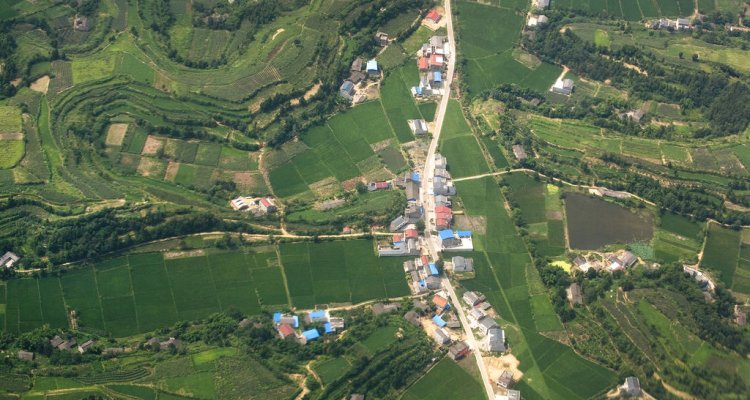
Project
Revealing spatial differences in Chinese ruminant sector: feed availability and environmental ceilings
PhD project by Yarui Zhang. The size of the Chinese ruminant sector has greatly increased over the past few years. This has led to intensification and specialization of ruminant farms. This PhD study aims to explore whether relocating ruminants in China truly offers a solution when accounting for region specific differences in feed availability and ecological ceilings, and what the maximum production potential for ruminants is considering these environmental constraints.
The size of the Chinese ruminant sector has greatly increased over the past few years. This has led to intensification and specialization of ruminant farms in many regions of China, which has also increased reliance on the import of feed and decoupled feed from ruminant production. These consequences further contribute to diverse environmental issues, e.g. land degradation, excessive nitrogen and phosphorus losses to the environment and greenhouse gas (GHG) emissions, which in the end contribute to biodiversity loss and climate change. The type and severity of the environmental issues, however, can vary greatly between regions due to differences in geographic location and climatic conditions across China, as well as diversity of ruminant systems.
To develop a sustainable ruminant sector in China, we should account for such spatial differences, while exploring pathways to mitigate the negative environmental impacts. Livestock relocation, as proposed by researchers and policy makers, is suggested as an efficient spatial strategy involving the geographic movement of animals to mitigate the negative environmental impacts of animal production in the moving-out region. Previous studies mainly concentrated on spatially recoupling livestock and crop production to tackle the issues related to N pollution in livestock dense areas, with a primary focus on livestock as a whole or pig farming, giving limited attention to ruminants.
This PhD study aims to explore whether relocating ruminants in China truly offers a solution when accounting for region specific differences in feed availability and ecological ceilings, and what the maximum production potential for ruminants is considering these environmental constraints. A four-step study will be conducted within China in this PhD study. These four steps include:
- Provide an overview of the specific environmental issues associated to particular regions and ruminant system;
- Identify the maximum animal protein production from ruminants given the availability of feed resources in different regions;
- Determine the environmental ceilings in which ruminant systems should operate and identify the maximum ruminant population based on those ceilings for different regions;
- Explore the potential for relocation of ruminants based on site specific information about current feed availability and environmental ceilings and assess the environmental impacts of ruminant relocation.
Following this framework, the most promising, environmentally friendly and feasible options that improve sustainability of ruminant sector will be identified in China, with potential for broader application in the world.